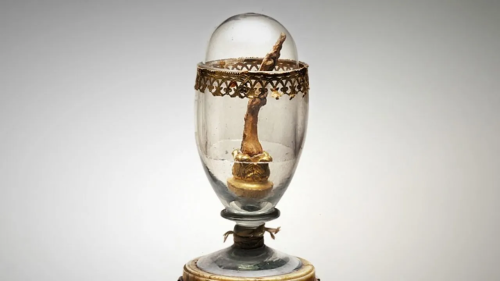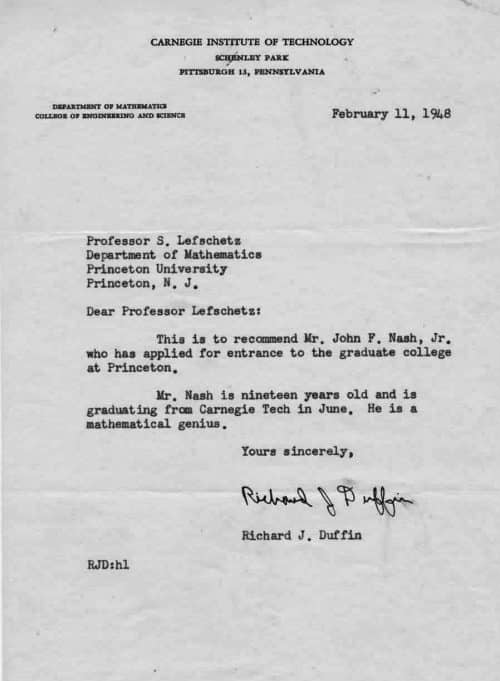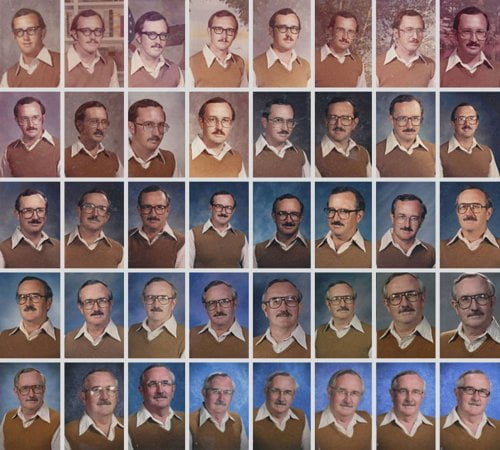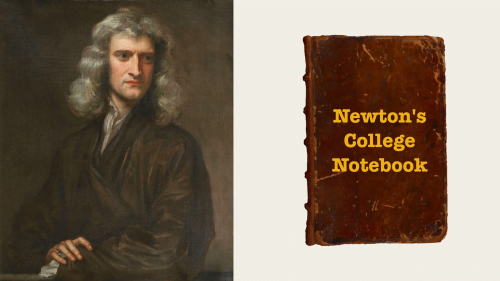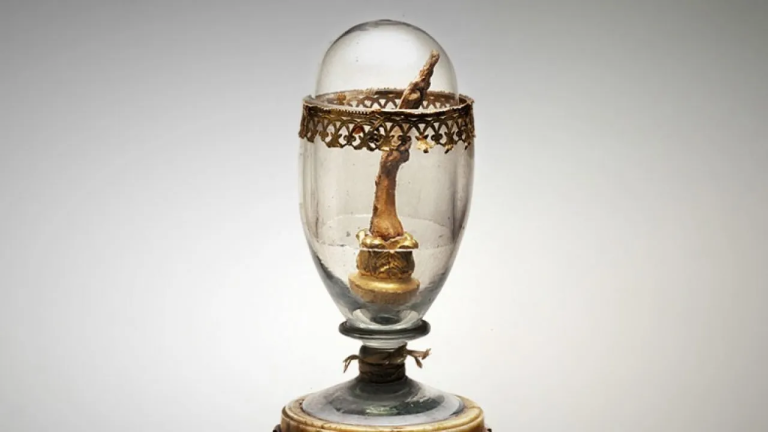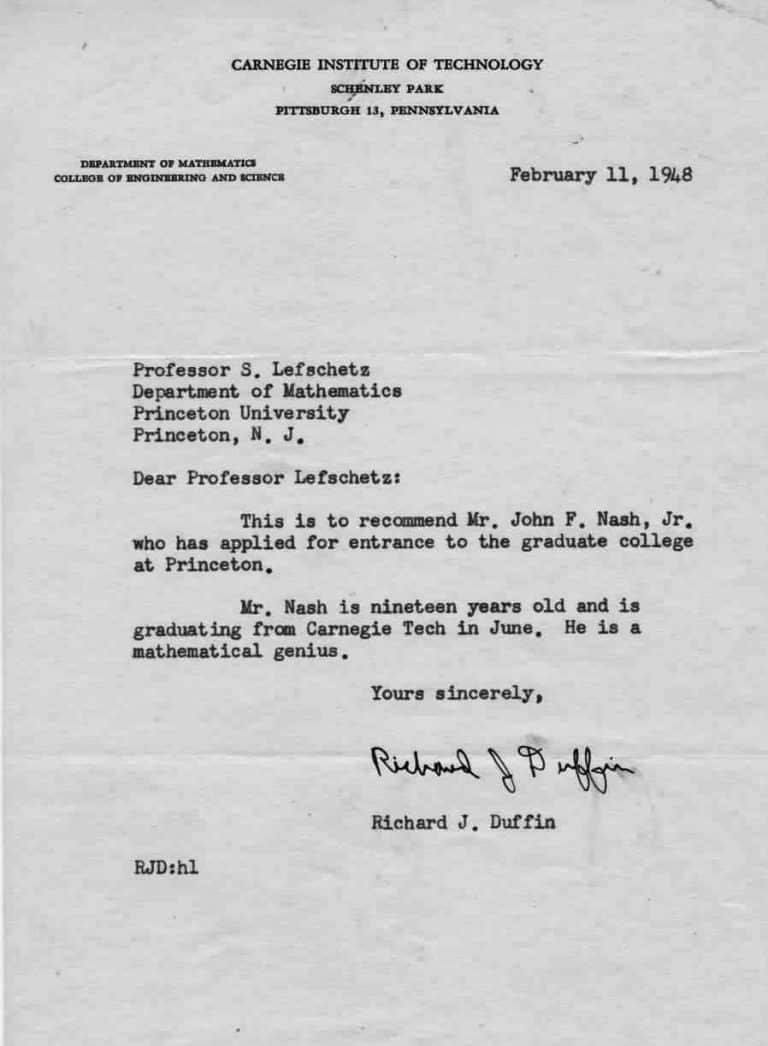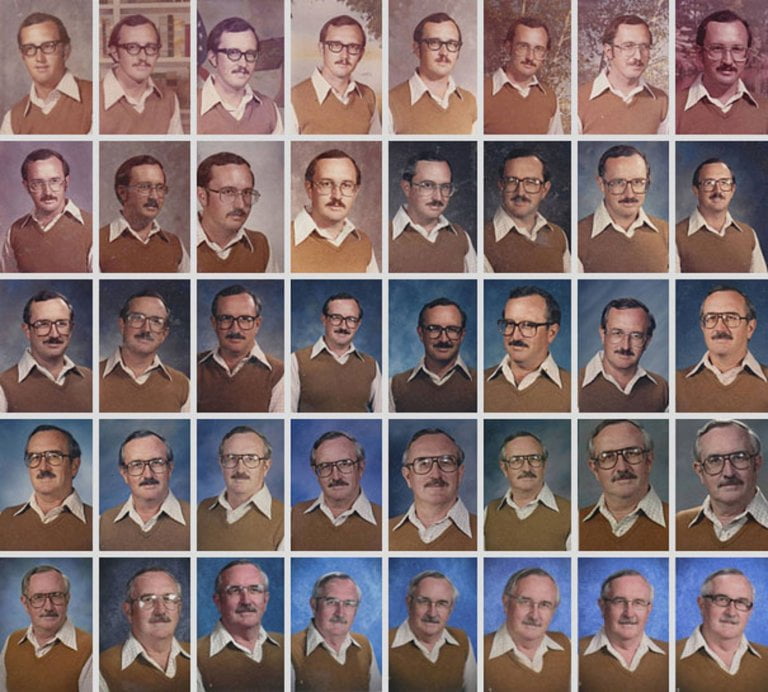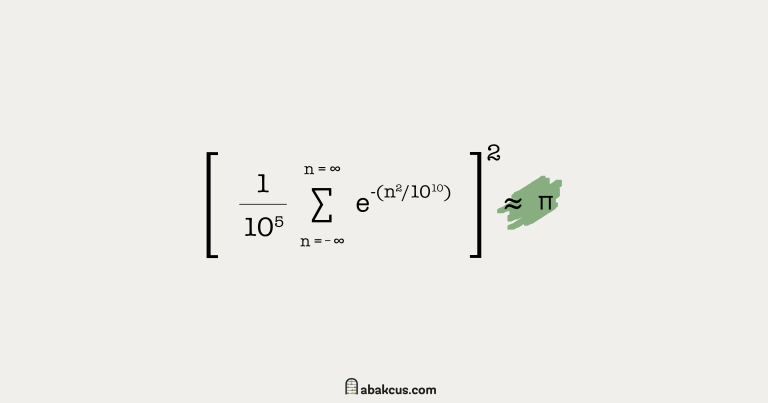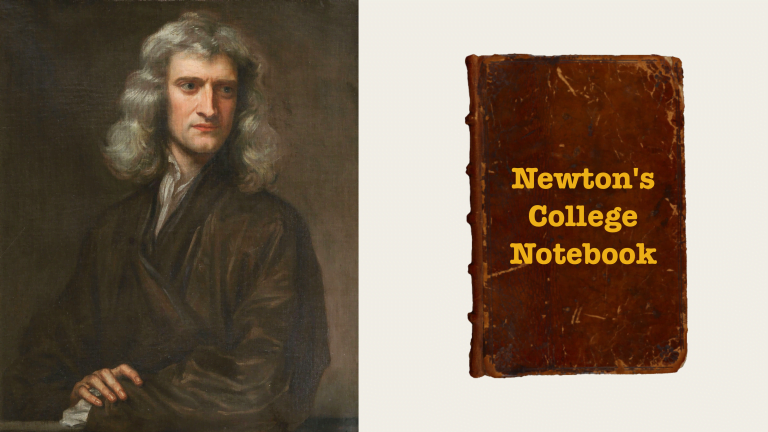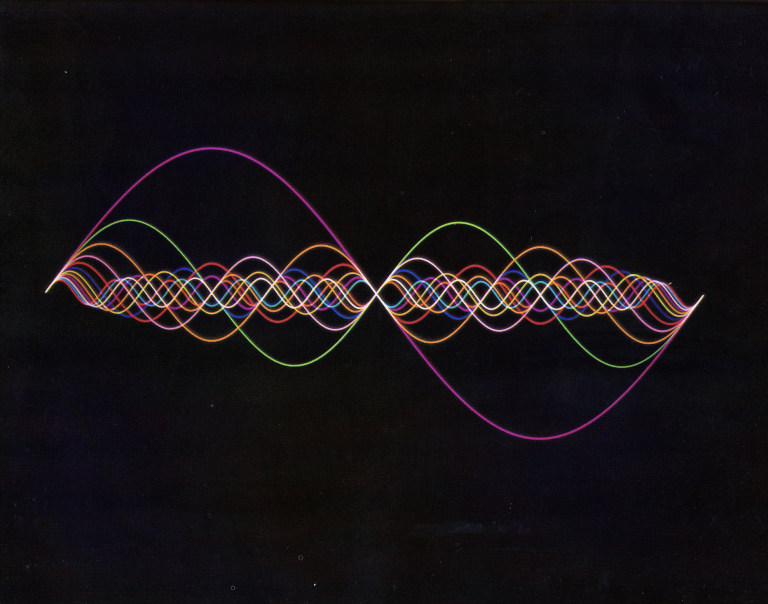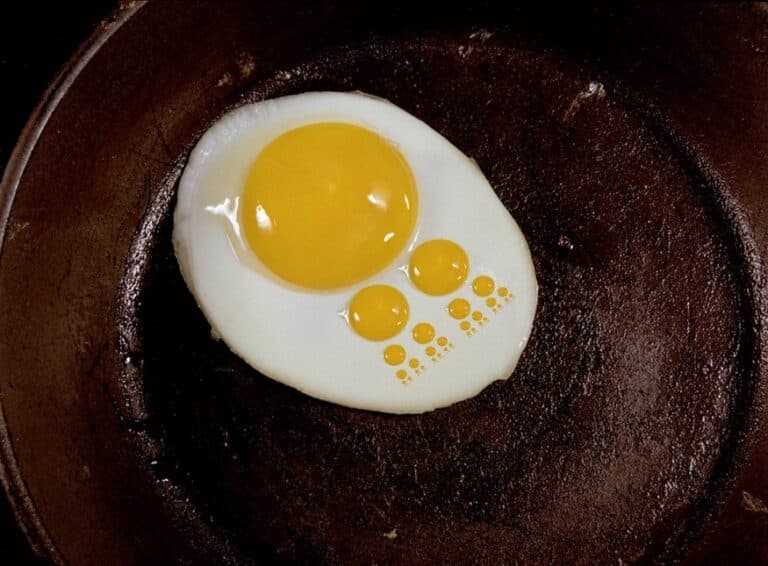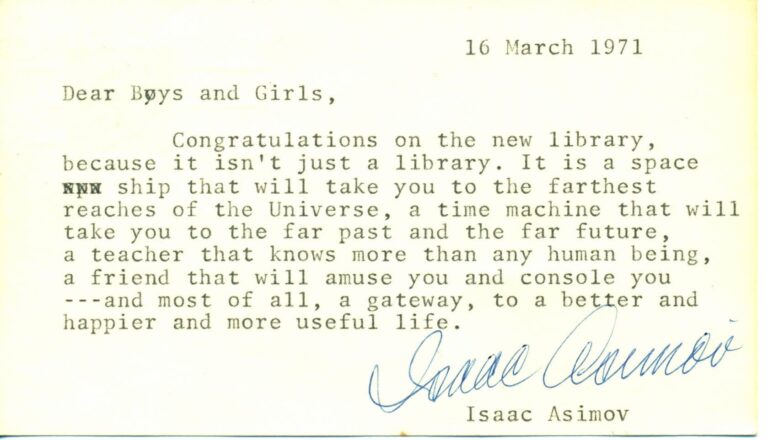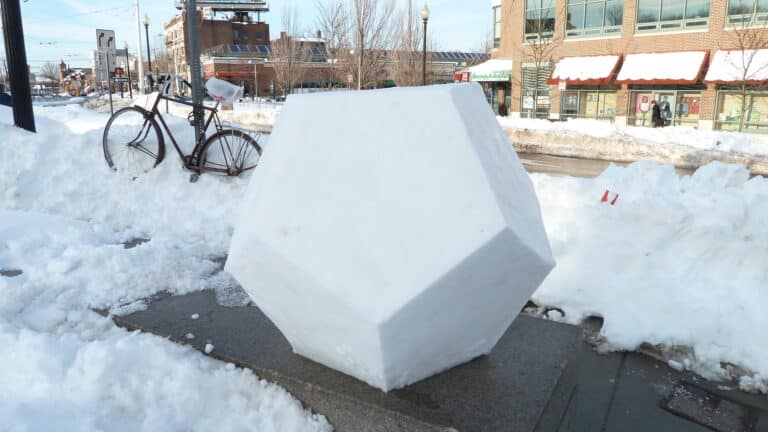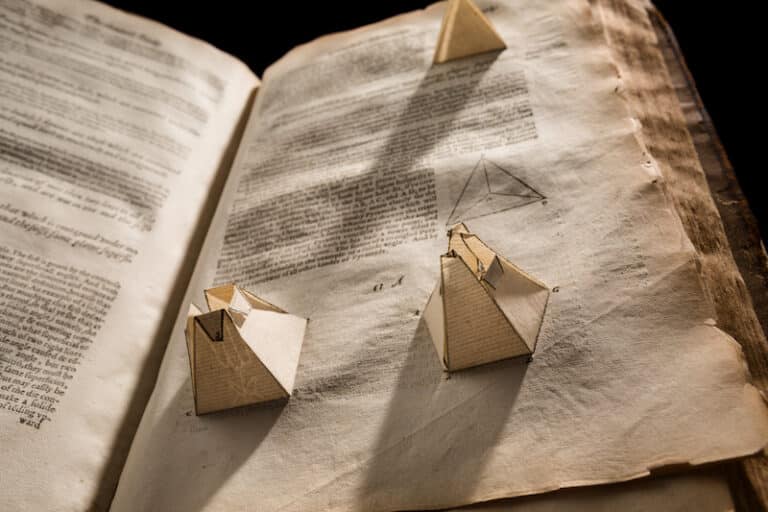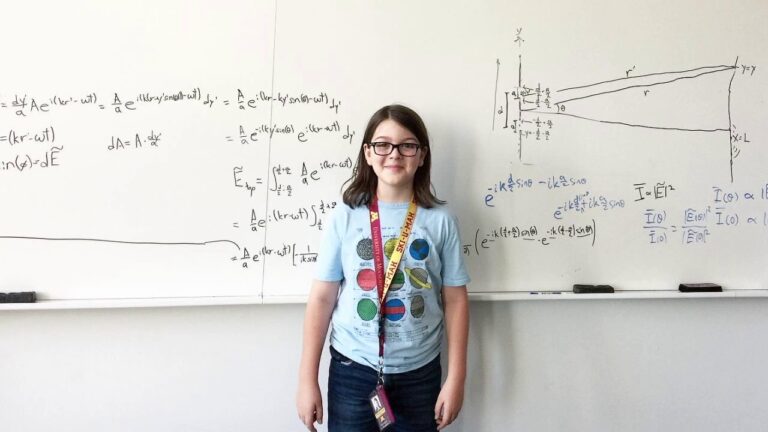Marie Curie, known as the ‘mother of modern physics,’ is the first and only woman to win a Nobel Prize in two different fields, physics, and chemistry. In 1898, Marie Curie and her husband Pierre Curie discovered a new radioactive element, polonium. After more than 100 years, Curie’s laboratory notes are still radioactive, author Bill Bryson writes in his book, A Short History of Nearly Everything. Curie’s laboratory notebooks are stored in lead-lined boxes at France’s Bibliotheque National in Paris. If you want to view Curie’s manuscripts, you must sign a liability waiver and wear protective gear as the items are contaminated with radium 226.
